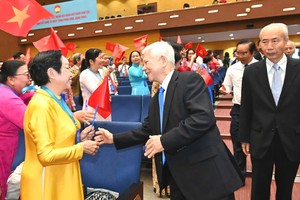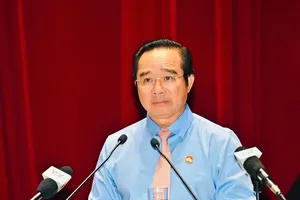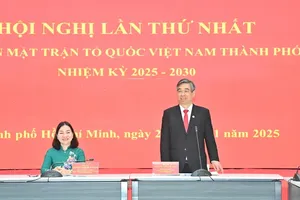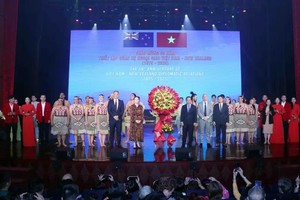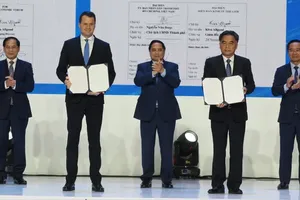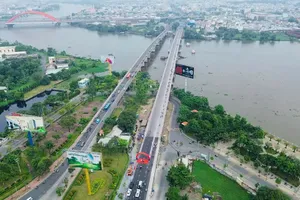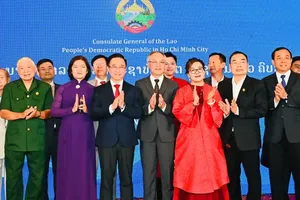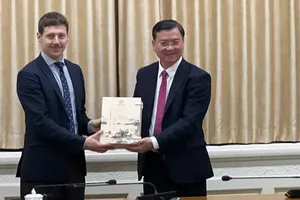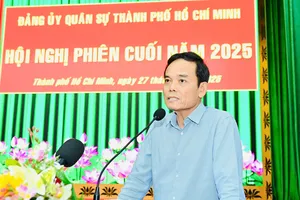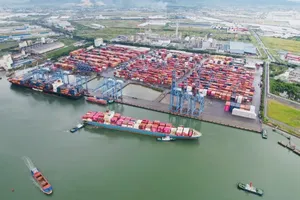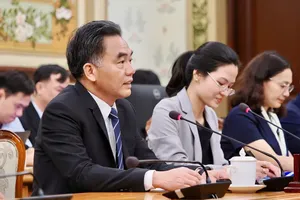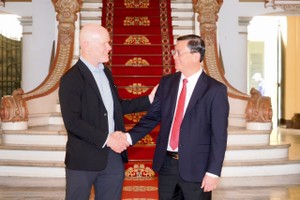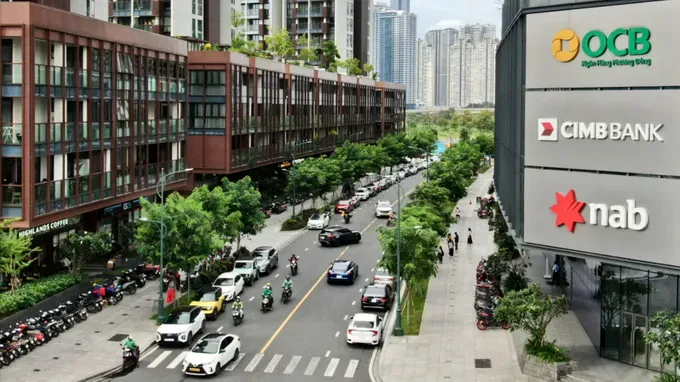
Following its administrative merger, Ho Chi Minh City has secured approval for three comprehensive master plans that collectively lay the groundwork for a 'megacity.' This strategic initiative significantly opens up substantial new scope for both investment and long-term sustainable development.
One unified space: HCMC's global vision for 2060
Under Decision No. 1125/QD-TTg, the Prime Minister officially approved the revised master plan for Ho Chi Minh City, setting an ambitious trajectory for the metropolis. The plan envisions HCMC transforming into a global city by 2060—one that is modern, civilized, and compassionate, with a development status comparable to major urban centers worldwide.
The city is strategically positioned to function as a leading economic, financial, and service hub in Asia. Crucially, it is intended to act as a key growth engine for both Southern Vietnam and the nation as a whole, cementing its central role in the country's prosperity.
In terms of urban development goals, the city is prioritizing the establishment of strategic regional infrastructure networks, enhancing connectivity between Ho Chi Minh City, neighboring provinces, and international gateways. Spatically, the plan emphasizes the city's role as a regional nucleus for international trade, reinforcing linkages across the southern key economic region.
The urban blueprint also outlines the development of 10 major logistics centers in Cat Lai, Long Binh, Linh Trung, Saigon Hi-Tech Park (Thu Duc), Tan Kien (Binh Chanh), Hiep Phuoc (Nha Be), Cu Chi, Hoc Mon, Binh Khanh (Can Gio), and at Tan Son Nhat International Airport. These hubs will be integrated with seaports, inland container depots, railway terminals, and inter-regional highways, covering a total area of approximately 490 to 600 hectares.
HCMC is driving an ambitious development strategy that integrates aviation, finance, and regional cooperation to create an economic powerhouse.
The city’s aviation development plan focuses heavily on upgrading Tan Son Nhat International Airport to a capacity of 50 million passengers per year. Crucially, this upgrade is being matched by synchronous investment in traffic connections, including roads and urban railways, to integrate the airport with all areas of the city. Furthermore, HCMC is supplementing public transport links, via railways and buses, to both Tan Son Nhat and Long Thanh International Airport. Concurrently, the city is urgently moving to establish its International Financial center.
The HCMC merger and planning is based on the strategic thinking of ‘One Unified Space – Three Functional Zones’ designed to optimize and share the advantages of the converging provinces:
- Ho Chi Minh City Center (Finance and Services): The core is positioned as the primary financial and service center.
- Binh Duong (Industry): Under the Prime Minister’s Decision No. 790/QD-TTg, Binh Duong is planned to become a modern urban, industrial, and service center by 2050.
- Ba Ria - Vung Tau (Marine Economy and Tourism): Decision No. 1629/QD-TTg outlines a vision for the province to be a national maritime economic center, a Southeast Asian maritime service hub, and a high-quality international tourism center by 2050.
At the recent announcement of the adjustment of the general planning, Chairman Nguyen Van Duoc of the HCMC People's Committee emphasised that the effective implementation of this plan is vital. This unified approach is designed to execute the direction given by General Secretary To Lam for a comprehensive restructuring of the development space.
The goal is to merge the three most dynamic economic poles in the country including HCMC, Ba Ria - Vung Tau, and Binh Duong into a super city focused on finance, high-tech industry, and the marine economy. This consolidated region aims for the highest development density in Southeast Asia, with the vision of striving to be ranked in the top 100 most livable cities in the world.
Inheriting and expanding development space
Urban experts view the newly approved planning for Ho Chi Minh City as a crucial foundation for long-term, stable development.
Deputy Director of the Institute for Regional Development Research and Consulting Associate Professor Nguyen Ngoc Vinh noted that the government had previously designated Ba Ria - Vung Tau as one of the nation's two major marine economic centers.
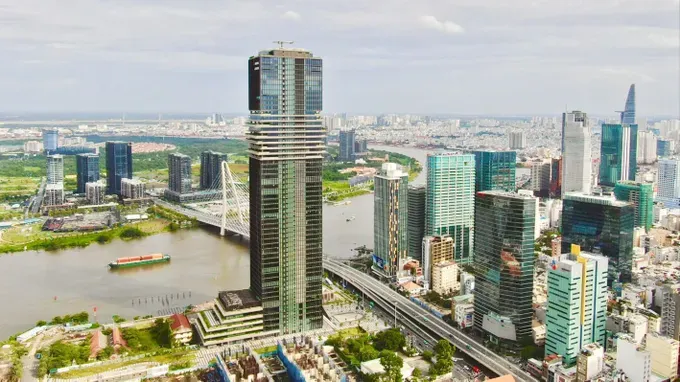
Following the administrative merger, HCMC has directly inherited this position. This means the city is no longer merely an economic-financial center but now functions as a 'national marine economic capital,' complete with its associated preferential policy mechanisms and strategic directives. The Deputy Director characterized this inheritance as a 'strategic umbrella' ensuring the seamless development of all marine economic sectors.
The post-merger HCMC now possesses seven major marine economic development opportunities, centered on the formation of three key hubs:
- A national and international marine economy center
- An oil and gas industry—marine energy center
- A marine finance and trade center.
This strategy also prioritizes the establishment of a leading seaport and logistics super cluster in Southeast Asia, the development of industrial marine aquaculture and sustainable seafood, the expansion of marine and island tourism integrated with international urban areas, and pioneering the development of the blue marine economy and ecological conservation. This multi-layered structure, where sectors like seaports, oil and gas, aquaculture, tourism, finance, and the green economy are mutually complementary, creates a comprehensive value chain for HCMC—positioning it as a 'marine super city' for Vietnam and the region.
Urban expert Associate Professor Nguyen Minh Hoa analyzed that HCMC, Binh Duong, and Ba Ria - Vung Tau previously operated as three distinct socio-economic areas delimited by administrative boundaries. The consolidated HCMC now presents a significant opportunity for reasonable and non-overlapping adjustments to the urban structure. He asserted the necessity of building a system of sustainable and long-term development perspectives. Crucially, the perspective of HCMC as a multi-center city must be consistently maintained, as this approach is not only appropriate for the city’s new context but is also aligned with prevailing global urban development trends.
